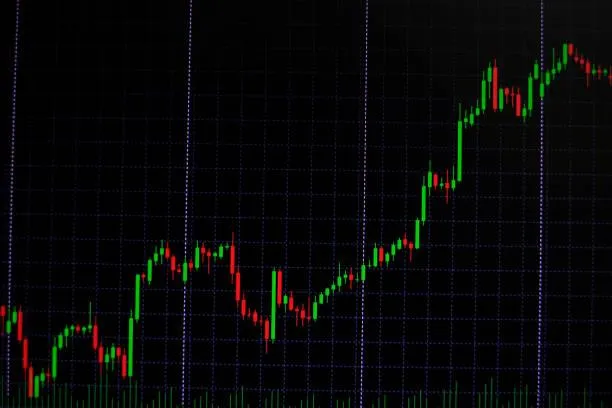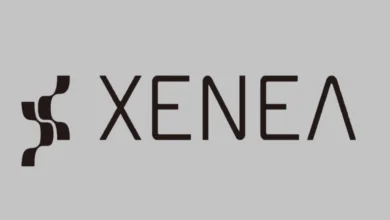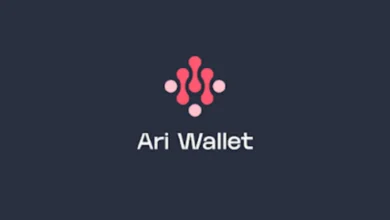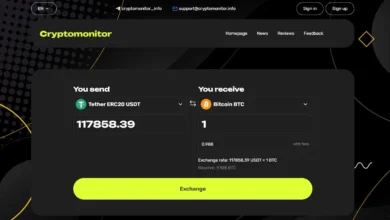
A roadmap provides a graphical overview of a cryptocurrency project’s development. It includes lists of milestones, goals, and due dates. It gives all users and financial backers a summary outlining how the product development process works, the coming updates and key milestones to watch out for.
A roadmap is more than just a marketing plan; it’s key to judging a project’s potential. It allows you to see the team’s dedication, learn whether deadlines will be met, and understand the coin’s future potential.
Elements of a roadmap
- Milestones — key events that must be achieved, such as launching a testnet, releasing a new wallet version, or integrating with other services.
- Timeframes — dates or quarters when each milestone is expected to be completed. Sometimes these are approximate, but they give a sense of development pace.
- Technical updates — protocol improvements, scalability, security enhancements, and new feature implementations.
- Ecosystem and partnerships — announcements of collaborations with other companies or projects, entering new markets.
- Marketing and community — plans for attracting users, launching promotional campaigns, and educational activities.
Why it’s important to know how to read a roadmap
A roadmap helps you:
Evaluate how realistic the team’s promises are.
Understand which events might affect the token’s price.
Identify periods of increased activity to prepare for possible market changes.
Avoid fraudulent projects with vague or unclear plans.
How to properly analyze a roadmap
Look at the details
The more detailed and specific the milestones are, the better. Pay attention to technical tasks and product descriptions, not just general phrases.
Assess the deadlines
Realistic deadlines indicate an experienced team. A project that promises too much in a short time is a red flag.
Check past performance
If previous roadmaps are available, compare them to see how well the team met their goals.
Notice priority
Which tasks come first? This shows what is important for the team and users at the moment.
Track changes
A roadmap is a living document. The team may adjust it depending on market conditions or technical challenges.
How to use a roadmap for your investments
- Follow key dates and prepare in advance. For example, new feature announcements can increase interest in the token.
- Use the roadmap alongside other sources: official channels, analytics, and community feedback.
- Remember, a roadmap is a guideline, not a guarantee. Always consider risks.
How Crypto Calendar helps you track important events
To avoid missing updates, use platforms that aggregate information about crypto projects. Crypto Calendar is a convenient tool that collects data on crypto roadmaps, updates, hard forks, new releases, and other crucial events.
The platform allows you to:
- Set notifications for projects and events you care about.
- View detailed information about each event.
- Plan your market actions based on real dates.
Conclusion
A roadmap is a key element in understanding a crypto project’s development. Proper reading and analysis help you make more informed decisions, reduce risks, and find growth opportunities. Use reliable tools like Crypto Calendar to stay informed about important events and one step ahead.
















